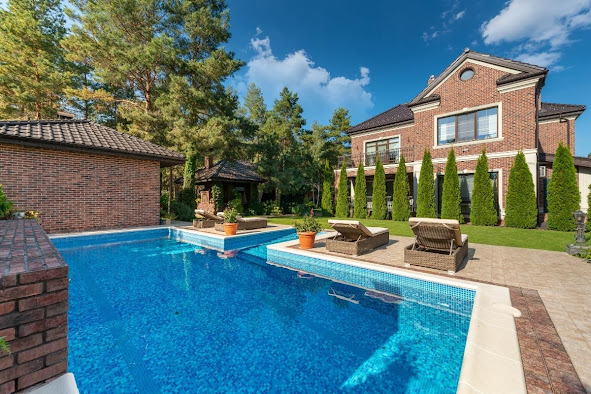A Comprehensive Guide to Mulching for Beginners
Mulching is a cultural technique that is essential for the overall health of your garden and its soil. It produces better and healthier plants, protects the soil from erosion and decreases the work that goes into gardening. It can be beneficial if done in the right way. It is a significant part of landscape maintenance, and most experts recommend you go for it.
It is undoubtedly a daunting task, but it's all worth it. It will help keep your garden healthy, and if you have vegetables and fruits growing, you are sure to get a better yield. Mulches come in different types, and all work well, but you must make a pick depending on the kind of plants you have in your garden.
What is Mulching?
Mulching is the act of applying organic or inorganic matter, such as grass cuttings or leaves to the soil. It protects the soil and adds to its nutrients. This method also protects soil from eroding and supplies the much-required nutrients to your plants. The process is a little hectic and time consuming but an inexpensive one.
Almost all landscaping Hawaii ideas include mulching as a valuable method, and professionals strongly recommend it.
How Does Mulching Work
Mulching shades the earth and aids plants in retaining more moisture. It leads to more water retention in the soil resulting in moist and loose soil. Having the soil moist is very important as plants can only draw nutrients from loose and wet soil.
Mulching also keeps the plants protected from extreme temperature and rain. Organic mulches are broken down by organisms and earthworms over time and act as natural fertilizers for plants and provide more nutrients.
Benefits of Mulching
In the residential landscaping vs. commercial landscaping debate, one common point that experts assign to both is the need for mulching. But what is the fuss around it? To understand its use better, let us go through the benefits
- Mulching helps the soil retain more water and thus reduces your task of watering the yard frequently
- Improves the fertility and nutrient content of the soil.
- Climbers will not be muddy
- Keeps the soil loose and does not let it form a crust.
- Extends life of soil and crops
- Keeps away plant diseases, weeds and pests
Different Types of Mulching
There are two types of mulching broadly- organic and inorganic. The former includes grass clippings, hay, leaves, straw, chopped leaves, sawdust etc., and the latter includes mineral mulches, geotextiles and black plastic.
Organic Mulching
Organic mulching offers additional nutrients to the plants along with protection to the soil and thus is considered better among the two. There are many options when it comes to organic mulching. Here are a few of them:
Wood Clippings
Wood clippings work best if you aim to keep the soil moist. They trap water better and do not allow easy evaporation. They also look good in garden pathways and flower beds. However, these don't work well for vegetable beds.
Compost
Compost can also be used as mulch. It radically improves the soil quality and keeps your plants healthy. Make sure you do not go overboard with compost mulching and use only a thin layer; otherwise, it can dry the soil and roots of the plants. You can combine compost with other options when using it as a mulch.
Hay
Hay or straw make good mulches for your garden. They prevent weeds besides acting as a moisture barrier for the soil and a nourishing element for the plants.
Grass Clippings
Fresh or dried grass trimmings also make an excellent choice for your yard. It is a great option for summers and helps the soil stay moist and soft.
Inorganic Mulching
Inorganic mulching does not add nutrients to the soil but can make your yard look beautiful. This kind of mulching is common in commercial landscaping. Let us look at our options in this category.
Mineral Mulching
This kind of mulching is suited for plants that grow in dry climates. Gravel, stones and tiles are used in mineral mulching. They give a new and attractive look to your garden or yard. Mineral mulching is a great option if you treat your yard more as a resting place than a garden.
Fabrics
Geotextiles prevent the growth of weeds and allow air and water to penetrate. You can top your fabric with wood clippings to ensure it does not degrade quickly.
Mulching can be very beneficial for your plants and increase your yard's aesthetic appeal. You must choose your mulch carefully, keeping in mind the result you wish to achieve and the kind of plants you have.
It is best to seek professional help for mulching unless you are experienced. It is an exhausting job and will not yield results if not done correctly. Hiring professional help will make sure you get only the best service.
.jpg)



.jpg)


Comments
Post a Comment